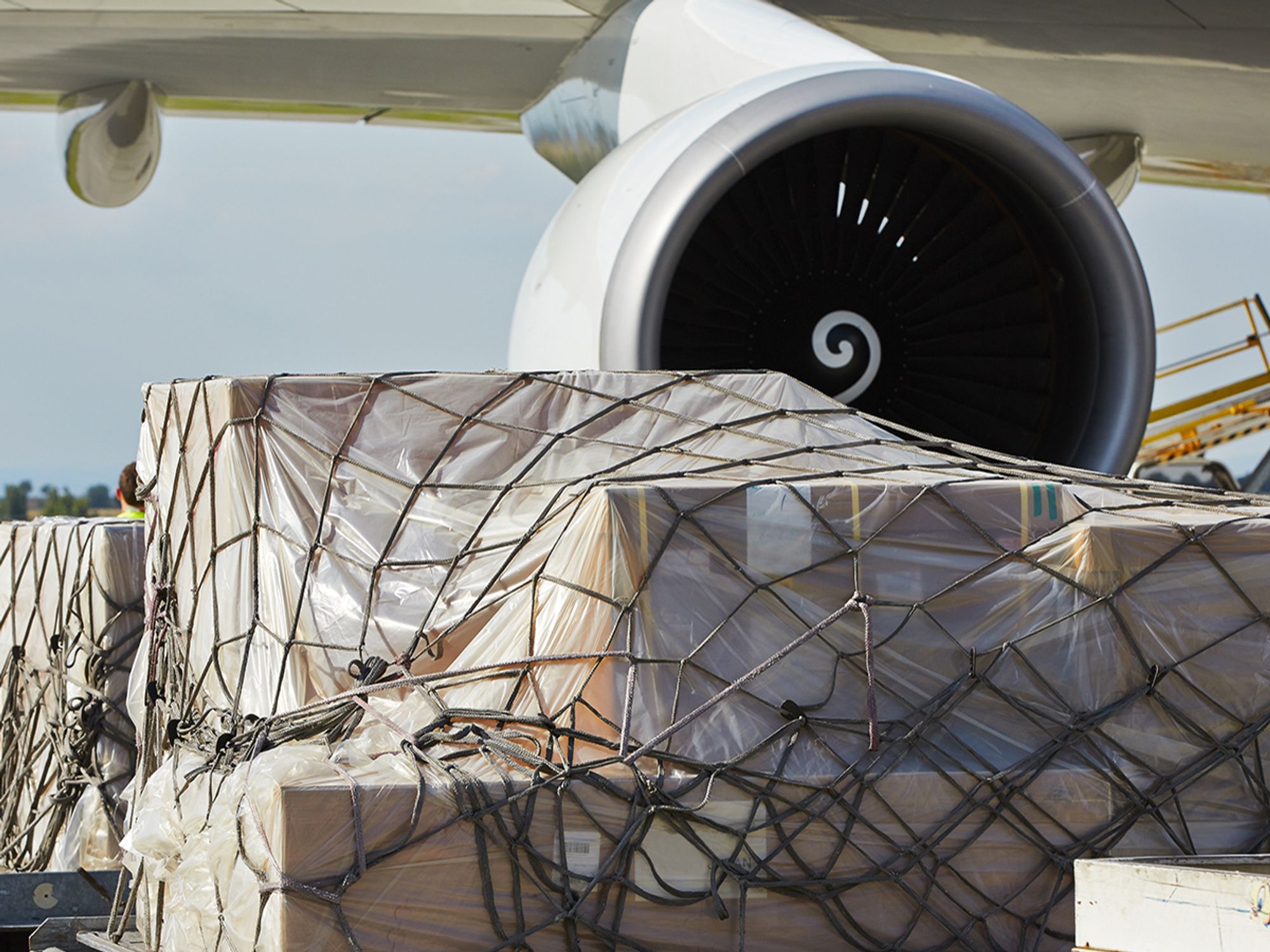IATA guide to the dangerous goods process

- IATA DGR offers a step-by-step process for properly classifying, packing, marking, labeling, and documenting a shipment of dangerous goods.
The International Air Transport Association (IATA) Dangerous Goods Regulations (DGR) provide procedures for shippers and operators to safely transport articles and substances with hazardous properties by air on commercial air transport.
For the purposes of these regulations, the term “shippers” means all shippers and agents that offer consignments of dangerous goods to operators. “Operator” means a person, organization, or enterprise engaged in or offering to engage in an aircraft operation.
The detailed regulations enable shippers to correctly prepare a consignment of dangerous goods for air transport. They help freight forwarders and airline/ground handling agent dangerous goods acceptance personnel to verify that the consignment of dangerous goods complies with the requirements.
General guide to the process
The following step-by-step procedure describes how to properly classify, pack, mark, label, and document consignments of dangerous goods. However, this simplified overview is intended as guidance only. Be sure to check the full regulation text for the details that apply to each step.
- Determine the correct technical name or composition of the substance or the description of the article (Section 4.2). Also check if the substance is forbidden on aircraft (Section 2.1).
- Find the name or composition of the article or substance in the List of Dangerous Goods (in Section 4.2). If it is there, determine its proper shipping name. Use that proper shipping name on the Shipper’s Declaration and mark it on the package(s).
- If only the UN number of the substance or article is known, Section 4.3 provides a cross-reference from the UN/ID number to the proper shipping name. This section is arranged in numerical order.
- If the substance or article does not appear in the list, determine the appropriate class or division by comparing its known properties with the definitions for the various classes. These are given in Section 3.
- If the properties are not known, conduct tests to determine the appropriate class and division. If the article or substance is not listed by name in the list and does not meet the definition of any of the classes, it is not subject to the IATA regulations.
- For articles or substances with multiple hazards, follow the provisions of Section 3.10. Once all the properties of the article or substance are known, determine whether it is forbidden for transport (Sections 2.1 and 4.2).
- If the article or substance is not forbidden by Section 2.1, determine the proper shipping name from the most appropriate of the generic or not-otherwise-specified (n.o.s.) entries in Table 4.1.A, according to the hierarchy shown in Section 4.1. If the substance or article does not appear in the list, refer to Appendix C.1 and C.2 for further possible identification.
- If the quantity of material to be transported is very small, you may possibly use the provisions for Dangerous Goods in Excepted Quantities, as long as all of the requirements in Section 2.6 are met.
- Determine whether the article or substance is intended for transport on passenger or cargo aircraft.
- Determine if the article or substance is forbidden for transport on passenger aircraft or on both passenger and cargo aircraft. This information can be found in Columns G to L of the List of Dangerous Goods.
- Classification of Radioactive Material (Class 7) and the packaging, marking, labeling, certification, and documentation requirements for radioactive shipments are found in Section 10.
- If the article or substance is forbidden for transport on passenger aircraft, determine whether it can be transported on cargo aircraft.
- For shipments intended for carriage on PASSENGER AIRCRAFT: Once you verify that the article or substance is not forbidden for carriage on passenger aircraft, determine the following:
- Packing Instruction number (Section 4.2, Column G and I);
- Quantity limitation (Section 4.2, Column H and J for package limits and the Packing Instruction for inner packaging limits);
- Applicable State or operator variations (Section 2.8).
- For shipments intended for carriage on CARGO AIRCRAFT (or that can only be carried on such aircraft): Once you verify that the article or substance is not forbidden for carriage on cargo aircraft, determine the following:
- Packing Instruction number (Section 4.2, Column K);
- Quantity limitation (Section 4.2, Column L for package limits and the Packaging Instruction for inner packaging limits);
- Applicable State or operator variations (Section 2.8).
- Determine other packing details from Section 5 and any special requirements from Sections 1 and 4. Note that, while the Limited Quantity provisions may be used as an acceptable alternative to UN packagings, they are still subject to State and operator variations.
- Select a method of packing from the packing instruction or determine the provisions of the instruction that apply and ensure the packagings used meet all relevant requirements of Sections 5 and 6.
- The State and operator variations listed in the packing instructions are not a complete list of applicable variations. Always check Section 2.8 to determine all applicable State and operator variations.
- Affix all appropriate markings and labels to the package(s), or print them on the packages, according to Section 7.
- Complete and sign the Shipper’s Declaration for Dangerous Goods according to Section 8 and prepare the Air Waybill.
- Offer the complete consignment for transport by air.
